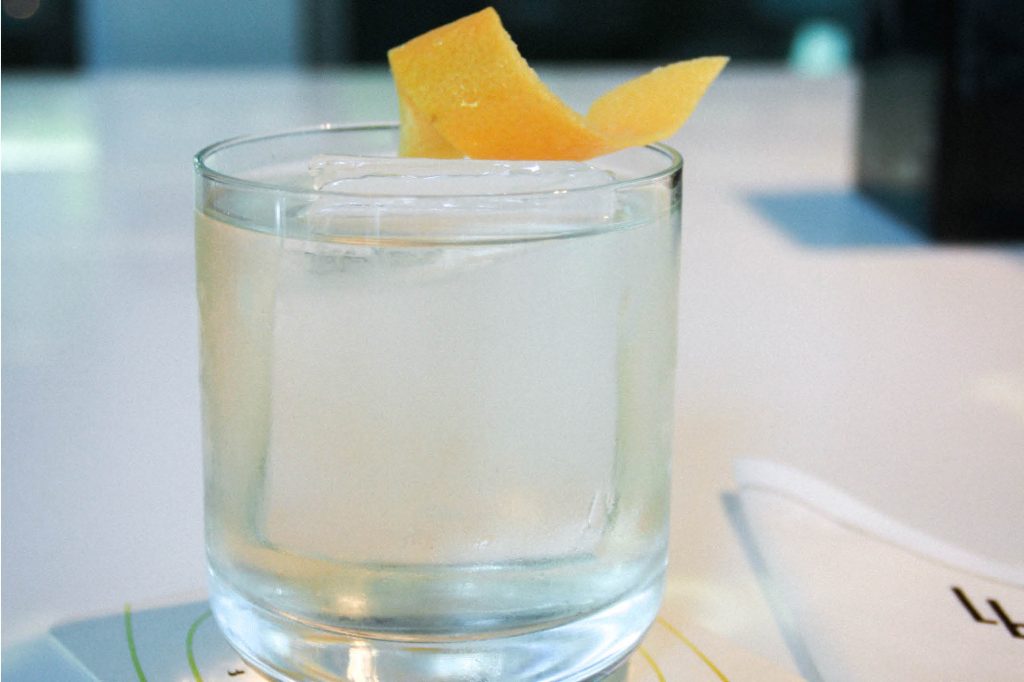Montecristo Magazine
/ A Negroni Tour of Vancouver
“A negroni is not like a pizza: you can definitely have a bad one. It could flout the golden 1:1:1 proportions of gin, Campari, and sweet vermouth; or it could be inadequately stirred, served over small, fast-melting pieces of ice; or—the worst offence—it could be shaken and stirred like a martini, hazy with ice flecks in a stemmed cone-shaped glass. These versions could be choked down, sure, but they’re just not right.
The ideal drink loses the dominant tastes of its three ingredients to be transmogrified into a new flavour: move over umami, negroni’s here. It should stay chilled for the duration of an aperitivo session, and despite being booze-forward, it shouldn’t be precious—though cheekily opulent variations, like Prohibition’s luxe Inception Negroni (a classic negroni inside of an ice sphere served inside of a white negroni) do earn that right.
For purposes of this experiment, versions that replace the base spirit (a negroni with bourbon is, after all, a boulevardier) or stray too far from classic components (another red bitter, like Contratto or The Woods Spirit Co Pacific Northwest Amaro, would be a welcome substitution for ubiquitous Campari; a fuller-bodied amaro, not so much) have been ignored. The frozen negroni, like a summer fling, will never be spoken of again.
Get Lucky: Fairmont Pacific Rim Lobby Lounge
The Lucky Negroni “is kind of how we represent ourselves as a hotel,” Fairmont Pacific Rim Lobby Lounge bartender Evita Raghunan says, referencing the minimal, Japanese-inspired brand of the chic property—and the kitschy, paw-raised lucky white cat this drink is named for. The hallmarks of a white negroni (gin plus Martini Bianco subbing for red vermouth and Luxardo Bitter Bianco as Campari’s colourless analogue) are brightened with dashes of house-made sake vermouth, a kiss of Curaçao, and one huge ice cube so invisibly clear that guests sometimes ask for more ice in their drinks. A grapefruit twist is the graceful note to the complex aromatics and exotic yet light bitterness of this drink.”
